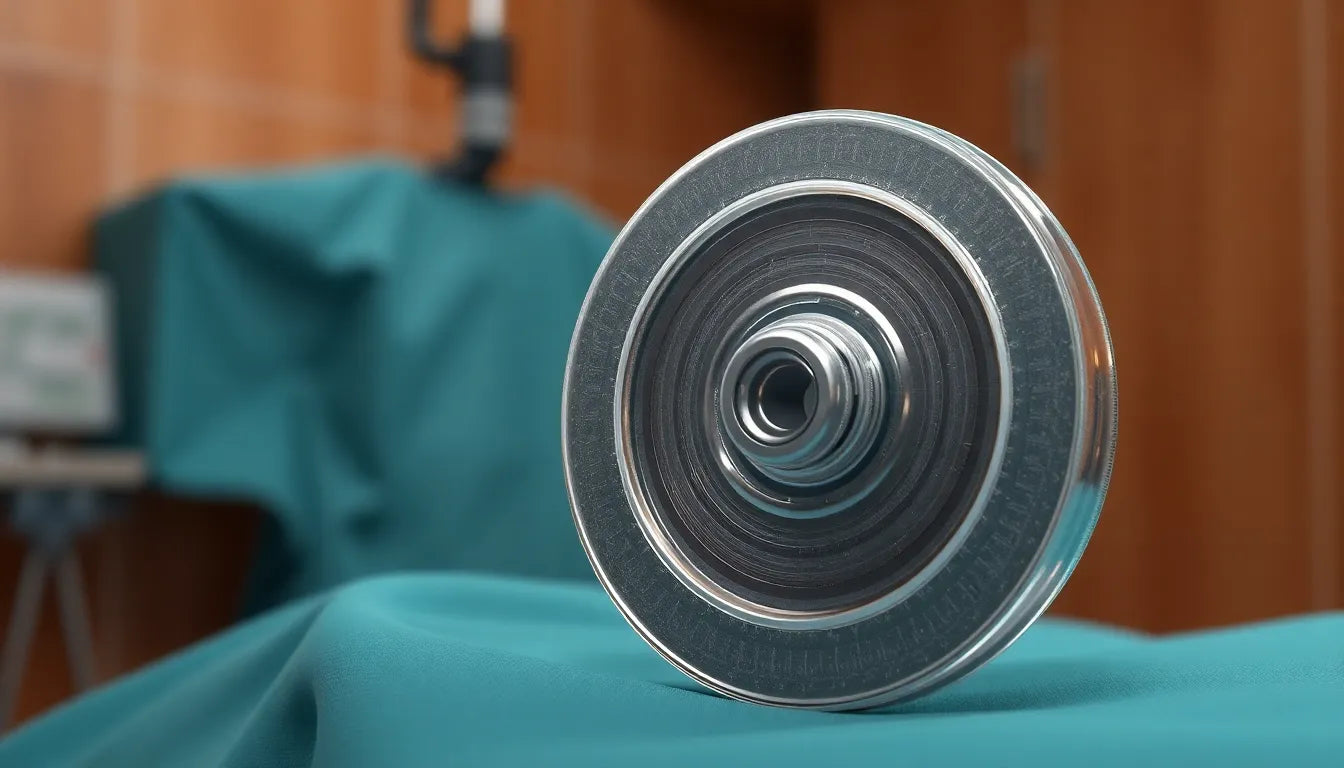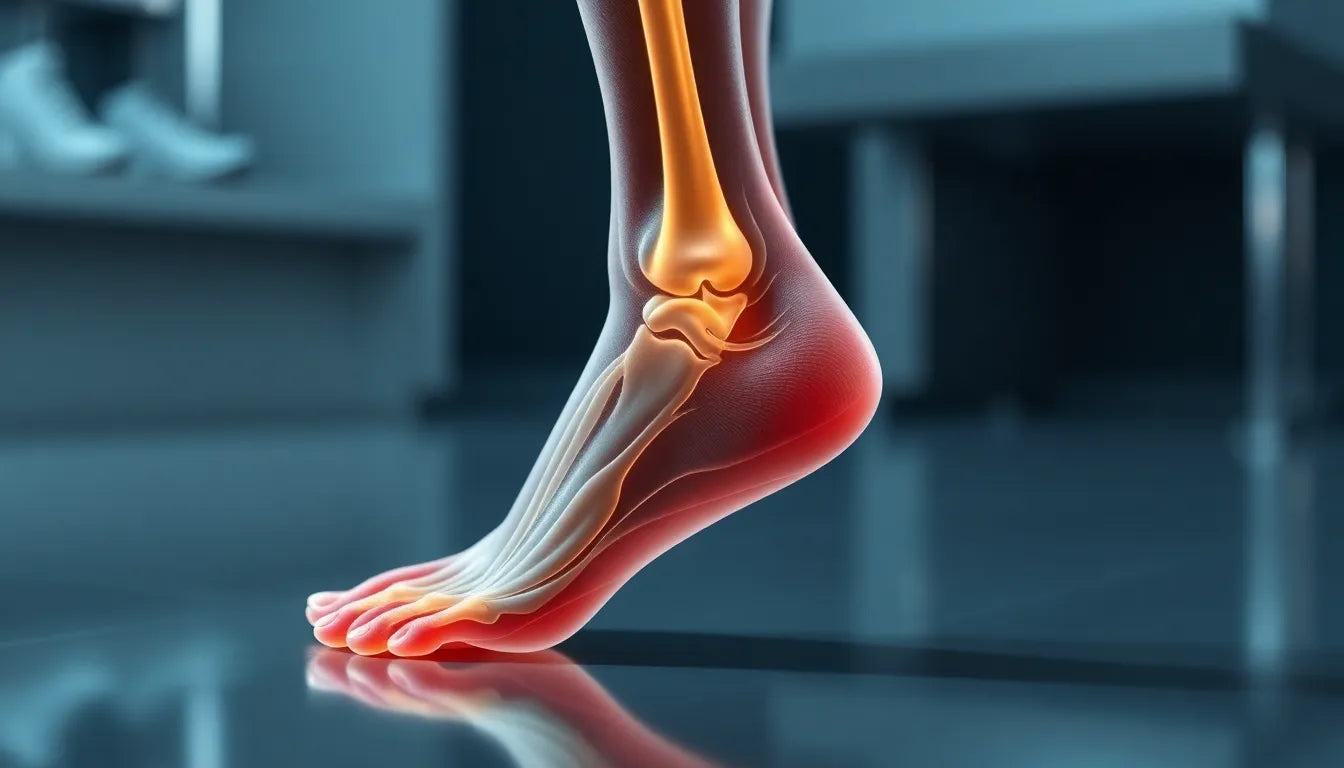Dealing with a herniated disc can be a daunting experience, often accompanied by discomfort and a disruption to daily life. Understanding what a herniated disc is and how it affects the body is the first step towards finding relief. Essentially, a herniated disc occurs when the soft center of a spinal disc pushes through a crack in the tougher exterior casing. This can lead to pain, numbness, or weakness in an arm or leg, depending on the location of the herniation.
Understanding herniated discs
Herniated discs are a common ailment, particularly among adults. The condition can arise from a variety of factors, including age-related wear and tear, sudden strain, or injury. As we age, our spinal discs lose some of their water content, making them less flexible and more prone to tearing or rupturing with even minor twists or strains. The prevalence of herniated discs underscores the importance of understanding their impact on daily life. The pain and discomfort associated with this condition can significantly hinder one's ability to perform everyday tasks, making effective treatment crucial.
Addressing a herniated disc is not just about alleviating pain; it's also about preventing further complications and improving overall quality of life. Ignoring the symptoms can lead to chronic pain and potential nerve damage, which is why timely and appropriate treatment is essential. The goal is not only to manage the immediate symptoms but also to tackle the root cause to prevent recurrence.
The journey to relief
Embarking on the journey to relief from a herniated disc involves a multifaceted approach to treatment. It's important to recognize that there is no one-size-fits-all solution. Each individual may require a tailored treatment plan that considers their unique circumstances and health needs. This comprehensive approach often includes a spectrum of treatment options, ranging from conservative methods to more invasive surgical interventions.
Conservative treatments are typically the first line of defense and can include rest, activity modification, and physical therapy. These methods aim to alleviate symptoms while promoting healing and strengthening the body to prevent future issues. If conservative measures prove insufficient, surgical options may be explored, particularly in severe cases where nerve damage is a concern. Understanding the full range of available treatments can empower individuals to make informed decisions about their health and recovery.
In the following sections, we will delve deeper into these treatment options, providing insights into both conservative and surgical approaches, to offer a comprehensive guide on how to effectively manage and overcome a herniated disc.
Conservative treatments for herniated discs
When it comes to addressing a herniated disc, starting with conservative, non-surgical treatments is often recommended. These approaches can effectively manage symptoms and promote healing without the need for more invasive procedures.
Rest and activity modification
One of the first steps in managing a herniated disc is modifying daily activities to avoid movements that exacerbate symptoms. While it's crucial to rest, complete bed rest is discouraged. Instead, maintaining gentle activity can aid recovery. Gradually reintroducing regular activities helps ensure that the spine remains flexible and strong, reducing the risk of further injury.
Heat and cold therapy
Alternating between heat and cold therapy can significantly alleviate pain and inflammation associated with a herniated disc. Cold therapy is effective in reducing inflammation and numbing sharp pain, especially shortly after an injury. Heat therapy, on the other hand, promotes blood flow and relaxes tight muscles, which can be beneficial as the initial inflammation subsides. Here's a simple guide:
- Cold therapy: Use within the first 48 hours after symptoms appear, for 15-20 minutes at a time.
- Heat therapy: Apply after the initial 48 hours, also for 15-20 minutes at a time, ensuring the heat is not too intense to avoid burns.
Pain medication
Over-the-counter nonsteroidal anti-inflammatory drugs (NSAIDs) like ibuprofen are commonly used to manage pain and reduce inflammation. For more severe pain, doctors may prescribe stronger medications. However, it's essential to use these medications as directed to avoid potential side effects.
Physical therapy
Physical therapy plays a crucial role in the recovery from a herniated disc. A physical therapist can design a customized exercise program that focuses on strengthening the core and back muscles, improving posture, and increasing flexibility. Typical exercises may include:
- Pelvic tilts
- Bridging exercises
- Partial crunches
- Knee-to-chest stretches
- Hamstring stretches
Corticosteroid injections
If oral medications and physical therapy do not sufficiently alleviate pain, corticosteroid injections may be considered. These injections deliver anti-inflammatory medication directly to the affected area, providing relief from pain and swelling.
Exploring alternative and adjunct therapies
In addition to conventional treatments, some individuals find relief through alternative therapies. These options can be used alongside standard medical treatments to enhance overall effectiveness.
Acupuncture for pain relief
Acupuncture, an ancient practice rooted in traditional Chinese medicine, involves inserting thin needles into specific points on the body. This therapy is believed to stimulate the body's natural healing processes and has been shown to provide pain relief for some patients with herniated discs. From a Western perspective, acupuncture is thought to release endorphins and improve blood flow.
Chiropractic care considerations
Chiropractic care, particularly spinal manipulation, is another adjunct therapy that some individuals explore. Chiropractors aim to improve spinal alignment, which may alleviate pressure on the herniated disc. However, it's important to approach chiropractic care cautiously and ensure it's suitable for your specific condition, ideally in consultation with your healthcare provider.
In summary, a multi-faceted approach combining conservative treatments with alternative therapies can offer significant relief for those suffering from a herniated disc. These methods not only address immediate discomfort but also contribute to long-term spinal health, reducing the likelihood of recurrence.
Surgical options for herniated discs
When conservative treatments do not provide sufficient relief, surgical intervention may be necessary to address a herniated disc. These procedures aim to relieve pressure on the spinal nerves, alleviate pain, and restore function.
Microdiscectomy
Microdiscectomy is a minimally invasive surgical procedure commonly recommended for severe cases of herniated discs. During this procedure, a small incision is made to remove the portion of the disc that is pressing on the nerve. This approach is effective in reducing nerve pain and has a relatively quick recovery time compared to traditional surgery.
Diskectomy and disc replacement
In cases where more extensive intervention is required, a diskectomy may be performed to remove part or all of the herniated disc. In some instances, spinal fusion might be necessary to stabilize the spine. Alternatively, disc replacement surgery involves replacing the damaged disc with an artificial one, which can preserve more natural movement compared to fusion. Here is a comparison of these surgical options:
| Procedure | Recovery Time | Potential Outcomes |
|---|---|---|
| Microdiscectomy | 2-6 weeks | Effective pain relief, quick recovery |
| Diskectomy | 6-12 weeks | Pain relief, potential spine stabilization with fusion |
| Disc Replacement | 6-12 weeks | Pain relief, preservation of spine mobility |
Conclusion
Addressing a herniated disc effectively requires a comprehensive approach that combines both conservative and surgical methods as needed. By exploring all available treatment options, individuals can make informed decisions about their care and work towards achieving relief and improved quality of life. It is crucial to consult healthcare professionals to develop a personalized treatment plan that aligns with specific needs and conditions.
Frequently asked questions
What is the best treatment for a herniated disc?
The best treatment for a herniated disc varies depending on the individual. Most cases start with conservative methods such as physical therapy and medication. If these are ineffective, surgical options may be considered.
Can a herniated disc heal on its own?
Yes, many herniated discs can improve over time with conservative treatment. However, some cases may require medical intervention if symptoms persist or worsen.
How long does recovery take after herniated disc surgery?
Recovery time varies based on the type of surgery performed. Generally, patients can return to normal activities within a few weeks to a few months.
Are there lifestyle changes that can help prevent herniated discs?
Yes, maintaining a healthy weight, practicing good posture, and engaging in regular exercise can help reduce the risk of developing a herniated disc.
Sources
- Mayo Clinic. "Herniated Disk: Symptoms and Causes."
- Sciatica.com. "Herniated Disc Treatment Options."
- Cleveland Clinic. "Microdiscectomy: What to Expect."
- Dr. Likover. "Micro-Laminectomy for Herniated Discs."
- NYU Langone Health. "Treatments for Herniated Disc."
- Cuellar Spine. "Herniated Disc Treatment Options."


















